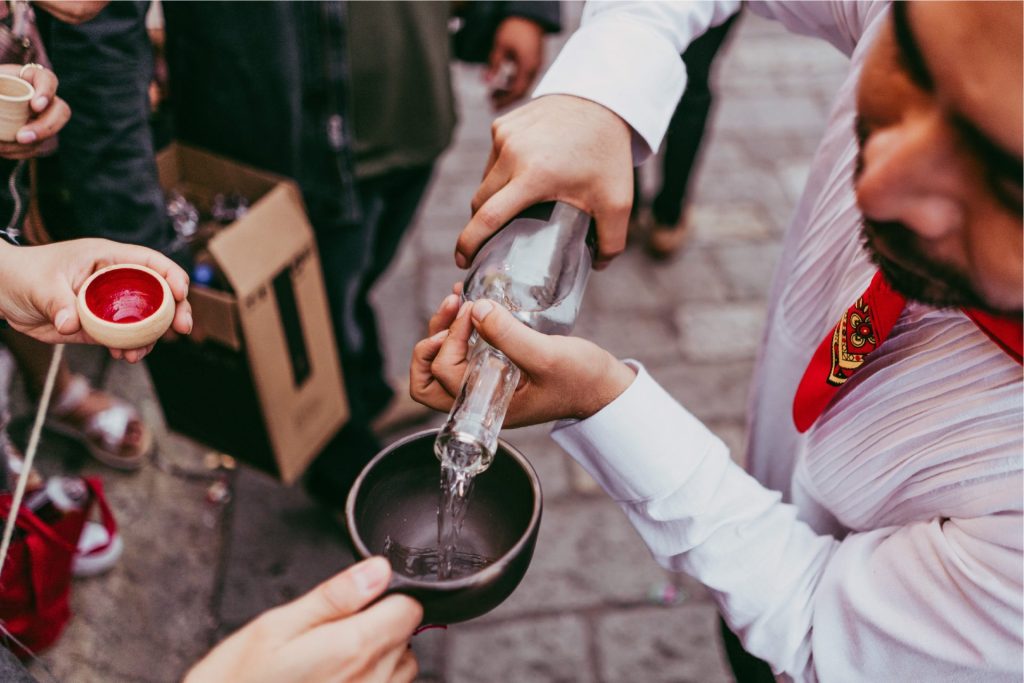La Guelaguetza, a cultural celebration steeped in tradition and vibrant energy, captivates hearts and minds alike. From colorful parades to rhythmic dances, music, this annual spectacle showcases the rich tapestry of Oaxacan heritage.
This word means participation and evokes the notion of mutual exchange. The aim of the ceremony is indeed the union of the population and the formation of a network of cooperation between individuals, families and villages. There are also other independent festivals in several villages around Oaxaca.
The Guelaguetza is also known as ‘Lunes del Cerro’ because it is celebrated at the summit of Cerro del Fortín, a place with a spectacular view of the city of Oaxaca and its surroundings

The celebration typically takes place during specific dates each year, aligning with historical and cultural milestones, and this cultural event can last 12 days.
The heart of Guelaguetza lies a celebration of diversity and community spirit. Families gather, adorned in traditional attire, as the spirit of Oaxaca comes alive through enchanting performances and joyful camaraderie. Communities even give a gift of a few objects, food or drinks that are part of their culture.
Like in this image local people serves some Mezcal to the people in the street.

Music at La Guelaguetza
Each region brings its own music band. Of course, live music is played throughout the event. Most of them are wind bands, playing their pieces while the dancers showcase the best of their region.
Listen to some songs in this Spotify Playlist.
Cultural Dance in la Guelaguetza
There are eight regions that come together in the Guelaguetza: Cañada, Costa, Istmo, Mixteca, Papaloapan Basin Region, Sierra Sur, Sierra Norte, and the Central Valleys, and each region will present at least one performance, although there will be some that perform two or more.
Cultural Tourism in Oaxaca
La guelaguetza is a magnificent spectacle for 27,455tourists, at least in 2023, which represented an economic impact of over 99 million pesos on that year.
The aim of the ceremony is indeed the union of the population and the formation of a network of cooperation between individuals, families and villages.

0 Comments